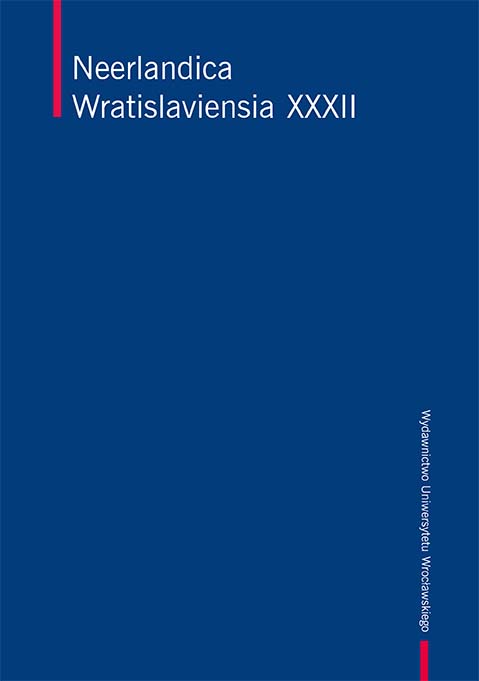Grammatical gender and stereotypical gender associations with inanimate nouns in the ‘Germanic sandwich’
Grammatical gender and stereotypical gender associations with inanimate nouns in the ‘Germanic sandwich’
Author(s): Zuzanna Czerwonka-Wajda, Dorota Klimek-Jankowska, Edyta Błachut, Joanna Błaszczak, Anna BorkowskaSubject(s): Language and Literature Studies, Applied Linguistics, Sociolinguistics
Published by: Wydawnictwo Uniwersytetu Wrocławskiego
Keywords: grammatical gender; gender perception; human adjective collocations; inanimate nouns; German; Dutch; English.
Summary/Abstract: This pilot study is a contribution to the theoretical debate on the impact language has on general cognition. More specifically, we applied a Word Sketch collocator (an innovative NLP tool operating on large-scale corpora) to collect human adjective collocations of masculine, feminine, and neuter inanimate nouns in German, Dutch, and English to see whether there is a correlation between the grammatical genders of inanimate nouns and the adjective collocations most frequently used to describe those nouns. Later, in a series of online questionnaires, we examined the impact of grammatical gender and stereotypical gender associations on the perception of inanimate nouns (e.g., street, lamp, bottle) by testing the gender associations of their human adjective collocations obtained from the Word Sketch collocator in German (a grammatical gender language), Dutch (a language with a combination of grammatical gender and natural gender), and English (a natural gender language). In German, the results show that grammatical gender alone is not a decisive factor in causing masculine or feminine gender associations of inanimate nouns. Rather, it is the combination of grammatical gender and stereotypical gender associations of nouns that plays a role. In English, nouns associated with neutral, masculine and even feminine gender had significantly more neutral adjectival associations. In Dutch, nouns with common and neuter gender resulted in a higher proportion of masculine adjectival associations because these nouns are mostly referred to with common and masculine pronouns. We observed a special role played by stereotypical feminine associations of nouns in German, Dutch, and English.
Journal: Neerlandica Wratislaviensia
- Issue Year: 32/2021
- Issue No: 1
- Page Range: 195-213
- Page Count: 19
- Language: English

